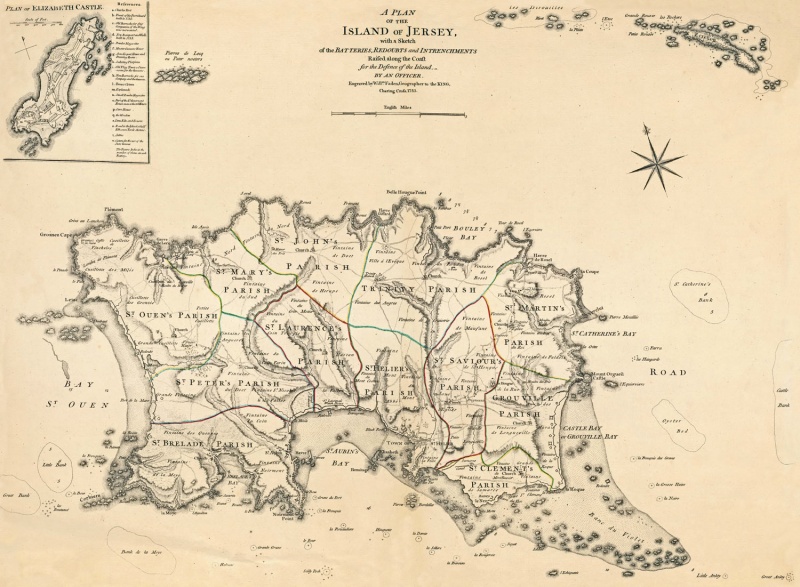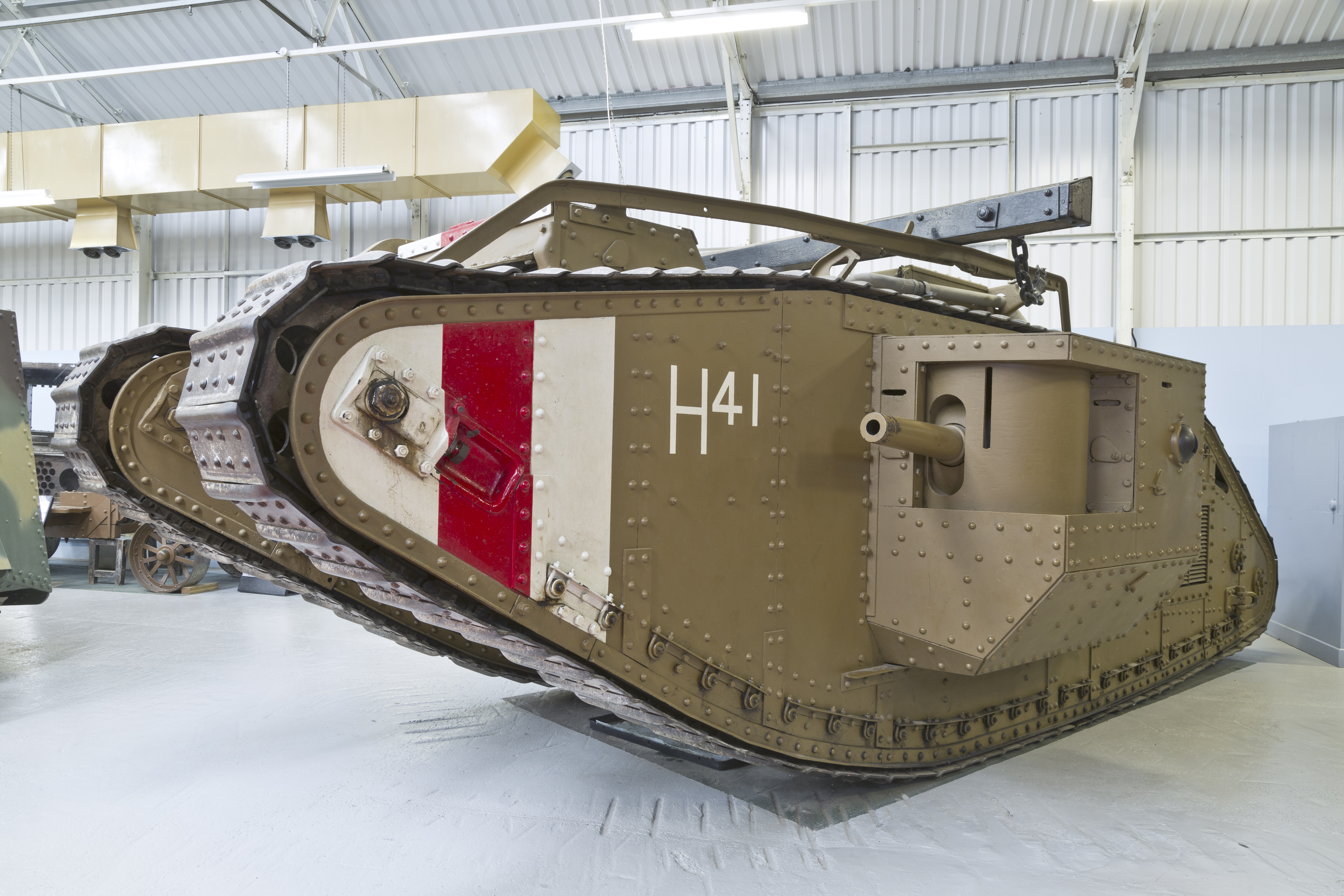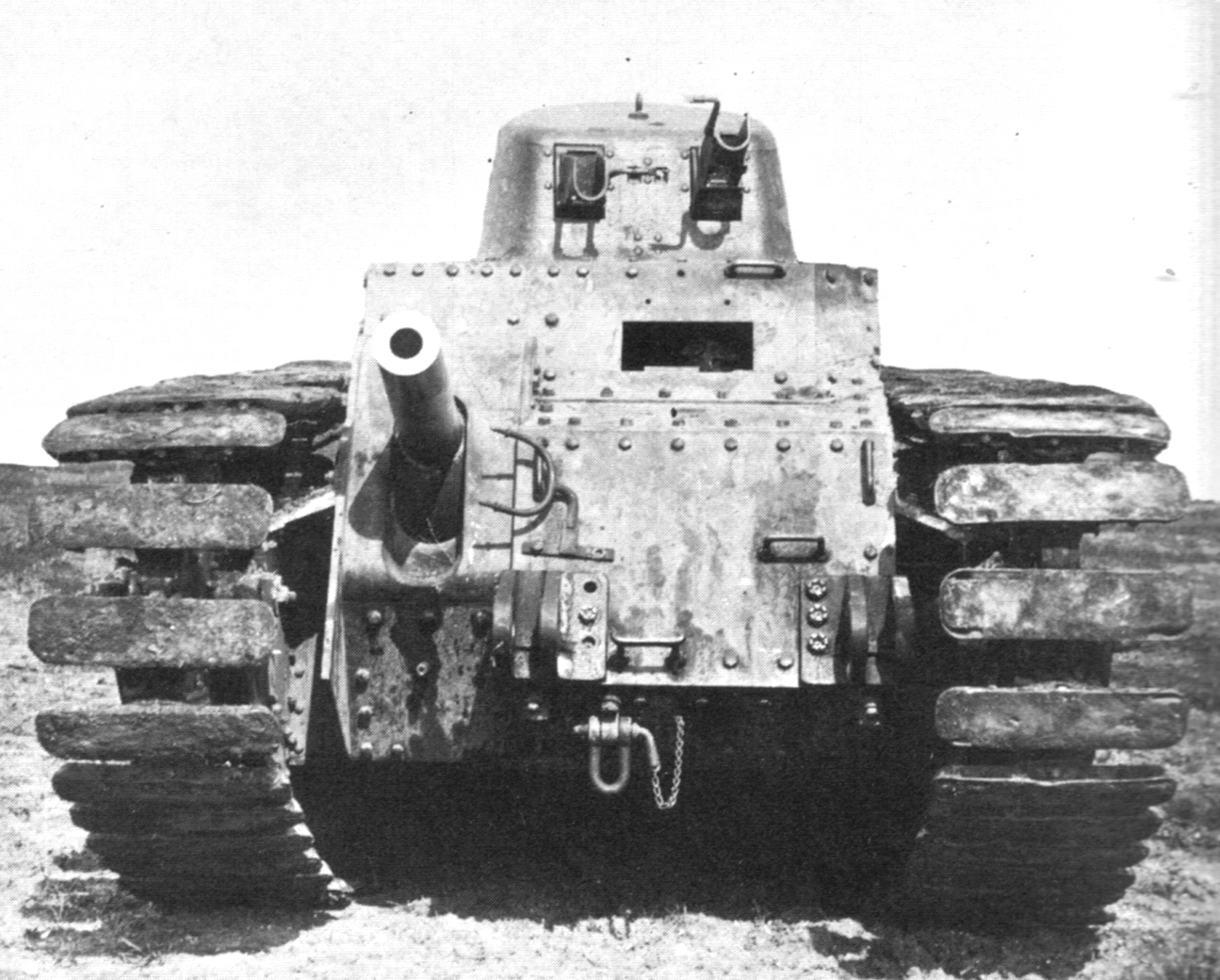|
Ho8
Hohlgangsanlage 8 (often abbreviated to Ho8, also known as the German Underground Hospital or the Jersey War Tunnels) was a partially completed underground hospital complex in Saint Lawrence, Jersey, St. Lawrence, Jersey, built by Nazi Germany, German occupying forces during the Occupation of the Channel Islands, occupation of Jersey during World War II. Over of tunnels were completed. After the liberation of the Channel Islands, the complex was converted into a museum detailing the occupation and remains a visitor attraction. History After Hitler's October 1941 order to fortify the Channel Islands (as part of the Atlantic Wall), work began on a string of fortifications all around Jersey. Ho8 was intended to be a vast network of tunnels that would allow the German occupying infantry to withstand Allies of World War II, Allied air raids and bombardment (in preparation for an invasion). Forced labourers from the Organisation Todt (as well as paid labourers and skilled workers) were ... [...More Info...] [...Related Items...] OR: [Wikipedia] [Google] [Baidu] |
Hohlgangsanlage Tunnels, Jersey
Hohlgangsanlage are a number of tunnels constructed in Jersey by occupying German forces during the German occupation of the Channel Islands, occupation of Jersey. The Germans intended these bunkers to protect troops and equipment from Strategic bombing, aerial bombing and to act as fortifications in their own right. The word ''Hohlgangsanlage'' can be translated as "cave passage installations".Jersey's German Tunnels by Michael Ginns MBE, CIOS Jersey The Channel Island tunnels are the only ones on the Atlantic wall to be referred to as ''Hohlgangsanlagen''. All the tunnels except for Ho5 are incomplete, and some never progressed beyond planning. The partly complete tunnels are, nonetheless, substantial in size. Completed sections were used for various purposes such as storage. In 1944, when construction stopped, 244,000 m3 of rock had been extracted for tunnel digging collectively from Guernsey, Jersey and Alderney (the majority from Jersey). At the same point in 1944, ... [...More Info...] [...Related Items...] OR: [Wikipedia] [Google] [Baidu] |
Occupation Of The Channel Islands
The military occupation of the Channel Islands by Nazi Germany lasted for most of the Second World War, from 30 June 1940 until liberation on 9 May 1945. The Bailiwick of Jersey and Bailiwick of Guernsey are two island countries and British Crown dependencies in the English Channel, near the coast of Normandy. The Channel Islands were the only ''de jure'' part of the British Empire to be occupied by Nazi Germany during the war. However, Germany's allies, Italy and Japan also occupied British territories in Africa and Asia, respectively. Anticipating a swift victory over Britain, the occupying German forces initially experimented by using a moderate approach to the non-Jewish population, supported by local collaborators. However, as time progressed the situation grew gradually worse and ended in near starvation for both occupied and occupiers during the winter of 1944-45. Armed resistance by islanders to the German occupation was nearly non-existent. Many islanders were em ... [...More Info...] [...Related Items...] OR: [Wikipedia] [Google] [Baidu] |
Atlantic Wall
The Atlantic Wall (german: link=no, Atlantikwall) was an extensive system of coastal defences and fortifications built by Nazi Germany between 1942 and 1944 along the coast of continental Europe and Scandinavia as a defence against an anticipated Allied invasion of Nazi-occupied Europe from the United Kingdom, during World War II. The manning and operation of the Atlantic Wall was administratively overseen by the German Army, with some support from ''Luftwaffe'' ground forces. The '' Kriegsmarine'' (German Navy) maintained a separate coastal defence network, organised into a number of sea defence zones. Hitler ordered the construction of the fortifications in 1942 through his Führer Directive No. 40. More than half a million French workers were drafted to build it. The wall was frequently mentioned in Nazi propaganda, where its size and strength were usually exaggerated. The fortifications included colossal coastal guns, batteries, mortars, and artillery, and thousands ... [...More Info...] [...Related Items...] OR: [Wikipedia] [Google] [Baidu] |
Malnutrition
Malnutrition occurs when an organism gets too few or too many nutrients, resulting in health problems. Specifically, it is "a deficiency, excess, or imbalance of energy, protein and other nutrients" which adversely affects the body's tissues and form. Malnutrition is not receiving the correct amount of nutrition. Malnutrition is increasing in children under the age of five due to providers who cannot afford or do not have access to adequate nutrition. Malnutrition is a category of diseases that includes undernutrition and overnutrition. Undernutrition is a lack of nutrients, which can result in stunted growth, wasting, and underweight. A surplus of nutrients causes overnutrition, which can result in obesity. In some developing countries, overnutrition in the form of obesity is beginning to appear within the same communities as undernutrition. Most clinical studies use the term 'malnutrition' to refer to undernutrition. However, the use of 'malnutrition' instead of 'und ... [...More Info...] [...Related Items...] OR: [Wikipedia] [Google] [Baidu] |
Military History Of The Channel Islands During World War II
A military, also known collectively as armed forces, is a heavily armed, highly organized force primarily intended for warfare. It is typically authorized and maintained by a sovereign state, with its members identifiable by their distinct military uniform. It may consist of one or more military branches such as an army, navy, air force, space force, marines, or coast guard. The main task of the military is usually defined as defence of the state and its interests against external armed threats. In broad usage, the terms ''armed forces'' and ''military'' are often treated as synonymous, although in technical usage a distinction is sometimes made in which a country's armed forces may include both its military and other paramilitary forces. There are various forms of irregular military forces, not belonging to a recognized state; though they share many attributes with regular military forces, they are less often referred to as simply ''military''. A nation's military may ... [...More Info...] [...Related Items...] OR: [Wikipedia] [Google] [Baidu] |
World War II Sites In The Channel Islands
In its most general sense, the term "world" refers to the totality of entities, to the whole of reality or to everything that is. The nature of the world has been conceptualized differently in different fields. Some conceptions see the world as unique while others talk of a "plurality of worlds". Some treat the world as #Monism and pluralism, one simple object while others analyze the world as a complex made up of many parts. In ''#Scientific cosmology, scientific cosmology'' the world or universe is commonly defined as "[t]he totality of all space and time; all that is, has been, and will be". ''#Theories of modality, Theories of modality'', on the other hand, talk of possible worlds as complete and consistent ways how things could have been. ''#Phenomenology, Phenomenology'', starting from the horizon of co-given objects present in the periphery of every experience, defines the world as the biggest horizon or the "horizon of all horizons". In ''#Philosophy of mind, philosop ... [...More Info...] [...Related Items...] OR: [Wikipedia] [Google] [Baidu] |
Museums In Jersey
A museum ( ; plural museums or, rarely, musea) is a building or institution that cares for and displays a collection of artifacts and other objects of artistic, cultural, historical, or scientific importance. Many public museums make these items available for public viewing through exhibits that may be permanent or temporary. The largest museums are located in major cities throughout the world, while thousands of local museums exist in smaller cities, towns, and rural areas. Museums have varying aims, ranging from the conservation and documentation of their collection, serving researchers and specialists, to catering to the general public. The goal of serving researchers is not only scientific, but intended to serve the general public. There are many types of museums, including art museums, natural history museums, science museums, war museums, and children's museums. According to the International Council of Museums (ICOM), there are more than 55,000 museums in 202 coun ... [...More Info...] [...Related Items...] OR: [Wikipedia] [Google] [Baidu] |
Tunnels In Jersey
A tunnel is an underground passageway, dug through surrounding soil, earth or rock, and enclosed except for the entrance and exit, commonly at each end. A pipeline is not a tunnel, though some recent tunnels have used immersed tube construction techniques rather than traditional tunnel boring methods. A tunnel may be for foot or vehicular road traffic, for rail traffic, or for a canal. The central portions of a rapid transit network are usually in the tunnel. Some tunnels are used as sewers or aqueducts to supply water for consumption or for hydroelectric stations. Utility tunnels are used for routing steam, chilled water, electrical power or telecommunication cables, as well as connecting buildings for convenient passage of people and equipment. Secret tunnels are built for military purposes, or by civilians for smuggling of weapons, contraband, or people. Special tunnels, such as wildlife crossings, are built to allow wildlife to cross human-made barriers saf ... [...More Info...] [...Related Items...] OR: [Wikipedia] [Google] [Baidu] |
History Of Jersey
Jersey is the largest of the Channel Islands, an island group in the English Channel near France. Although not geographically part of the archipelago of the British Isles, politically and culturally the islands are generally accepted as such. The Channel Islands are the last remnants of the medieval Duchy of Normandy that held sway in both France and England. The islands remained loyal to the English crown after the return of Normandy to France in 1204 and have enjoyed self-government since. Jersey and the rest of the Channel Islands are notable for being the only part of the British Isles to be occupied by Nazi Germany during World War II. The most widely regarded history of Jersey is ''Balleine's History of the Island of Jersey'', written by G. R. Balleine in 1959, and later adapted by the Société Jersiaise, most notably two of its members Marguerite Syvret and Joan Stevens. Name of the island Although Jersey was part of the Roman world, there is a lack of evidence to gi ... [...More Info...] [...Related Items...] OR: [Wikipedia] [Google] [Baidu] |
The Tank Museum
The Tank Museum (previously The Bovington Tank Museum) is a collection of armoured fighting vehicles at Bovington Camp in Dorset, South West England. It is about north of the village of Wool and west of the major port of Poole. The collection traces the history of the tank. With almost 300 vehicles on exhibition from 26 countries it is the largest collection of tanks and the third largest collection of armoured vehicles in the world.The '' Musée des Blindés'' in France has a collection of 880 armoured vehicles, although it includes fewer tanks than Bovington. It includes Tiger 131, the only working example of a German Tiger I tank, and a British First World War Mark I, the world's oldest surviving combat tank. It is the museum of the Royal Tank Regiment and the Royal Armoured Corps and is a registered charity. History The writer Rudyard Kipling visited Bovington in 1923 and, after viewing the damaged tanks that had been salvaged at the end of the First World War, recommend ... [...More Info...] [...Related Items...] OR: [Wikipedia] [Google] [Baidu] |
Char B1 Bis
The Char B1 was a French heavy tank manufactured before World War II. The Char B1 was a specialised break-through vehicle, originally conceived as a self-propelled gun with a 75 mm howitzer in the hull; later a 47 mm gun in a turret was added, to allow it to function also as a , a "battle tank" fighting enemy armour, equipping the armoured divisions of the Infantry Arm. Starting in the early twenties, its development and production were repeatedly delayed, resulting in a vehicle that was both technologically complex and expensive, and already obsolescent when real mass-production of a derived version, the Char B1 "bis", started in the late 1930s. A further up-armoured version, the Char B1 "ter", was only built in two prototypes. Among the most powerfully armed and armoured tanks of its day, the type was very effective in direct confrontations with German armour in 1940 during the Battle of France, but low speed and high fuel consumption made it ill-adapted to the war ... [...More Info...] [...Related Items...] OR: [Wikipedia] [Google] [Baidu] |







